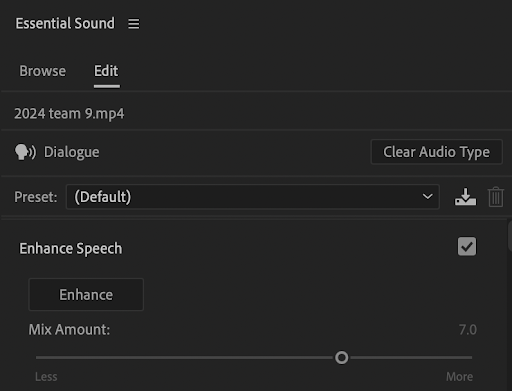Zoom Your Broadcast To The Next Level
Photo: Newtek.com
I began my job at the University of Georgia in June and while I worked with a Tricaster for many years, I had only worked with the Mini and previous versions. I could not wait to get my hands on the TC2 Elite that waited for me in the control room that lay in the shadows of Sanford stadium on the campus of the 2022 Football National Champions. (I had to get that in there… I think it’s a requirement)
I was more than familiar with the standard SDI cabling and tools and felt like I knew NDI as much as Dr. Andrew Cross (He is credited for inventing NDI) but I had not had a chance to work on the App Desktop that comes with the TC2 Elite. (The app desktop is also available on the TC1 Pro.) I knew that with the App Desktop I could almost literally blow the top off the newsroom and send people everywhere.
I didn’t know how soon I would need to use it but when it was time - off we went.
Long story short: We have two LiveU, bonded cellular units, but the simply weren’t working and our Monday/Wednesday news show needed to do live hits. After about an hour of testing, I decided to pull the trigger and go with Zoom live…. I was beyond nervous. I was about to send a couple of students 20-30 minutes away from campus armed with a phone and a tripod and have them do a live hit from their assignment area.
The App Desktop allows you to bring in several video conferencing tools - Zoom, Facetime, Facebook Messenger, and Skype, into your broadcast in a way that is hard to conceptualize unless you see it because it is so different from what is expected. I have only used Zoom at this point. When we think of Zoom, we typically think of a wall of faces in the gallery view and if you pin someone, you see them but also their label in the bottom left corner. The App Desktop in the Tricaster shows the Zoom meeting just as you would expect but when you hit the Live button at the top of the meeting, your meeting attendees become individual inputs in the Tricaster - with no branding or anything that would make you think originate from a Zoom meeting. The only thing you may notice is the aspect ratio is a little off and they aren’t full 16:9. I do want to give this warning though - If you don’t manually assign the Zoom input, the default is input 9 through 18. (I have just set those as my zoom inputs in order to prevent any issues.)
To use the App Desktop, you must start by setting your second workspace to the App Desktop setting. It’s at the bottom of the list. Your second workspace will then resemble a basic windows desktop. At the bottom of the screen, you will see tabs for Microsoft Edge, Zoom, Facetime, and Facebook Messenger. I have only used Zoom but I know the workflows are similar for the others. The video below from Newtek will help you understand better. To get started, I open Zoom and schedule a meeting. From there, I use Edge to open my email and send the link to that day’s producers so they can distribute it as they need. Then when it is show time, the reporters in the field join the meeting. We then build them into the Tricaster as we need (2 boxes, etc). From there, they are just simple inputs like everything else. The only thing we have to work through is audio, we have a secondary audio director who manages the audio for each Zoom participant.
The coolest part of this setup is that the reporters in the field use their phone as a program monitor so they know when they are hot. We also ask the reporters to use airpods or something like that because they serve not only as their program monitor and their microphone. We also send each reporter out with a technical volunteer who is communicating to the control room via Unity.
Two Box from Grady Newsource’s coverage of the 2022 Midterm Election. The shot on the right is a zoom feed from the field. Click Here To Watch The Show.
While 2020 was the worst year ever for many people, the ripple effects on the broadcast industry have been a great wave to ride on. I remember prior to 2020 a Zoom meeting or Google Meet was something that was not reliable and certainly not cool for live production but now it’s a great tool to get your broadcast outside of your studio and to build a bigger presence for your program.
Disclaimer: I know that the Tricaster TC2 Elite isn’t something that lives within a lot of school program budgets but I believe that this technology can be used in a variety of ways using other switching solutions. Imagine a zoom meeting set up with the caller pinned and the output of the monitor going into a switcher and using a graphic or scaling in order to cover the Zoom branding/name tags, etc. My goal with this article is to hopefully inspire you to see potential ways to improve your broadcasts.
Meet the Author:
Tom White is the Broadcast Engineer at Grady College of Journalism and Communication at the University of Georgia. Prior to that role, Tom taught at Morgan County High School and Rockdale Career Academy where he and his student produced thousands of live streams for sports, news, and community events.
Tom’s program at the Rockdale Career Academy received the NFHS Network Program Of The Year in 2016 and his program at Morgan County High School received the New Program of the Year title in 2018.
Tom has been a long time contributor to many publications and is the host of Teaching to The Test Pattern Podcast.











As summer winds down, the familiar rhythm of a new school year approaches. For educators like James Peach, the weeks leading up to students' return aren't just about shuffling papers; they're a strategic dance of preparation, aiming to ignite inspiration and cultivate self-sufficiency.